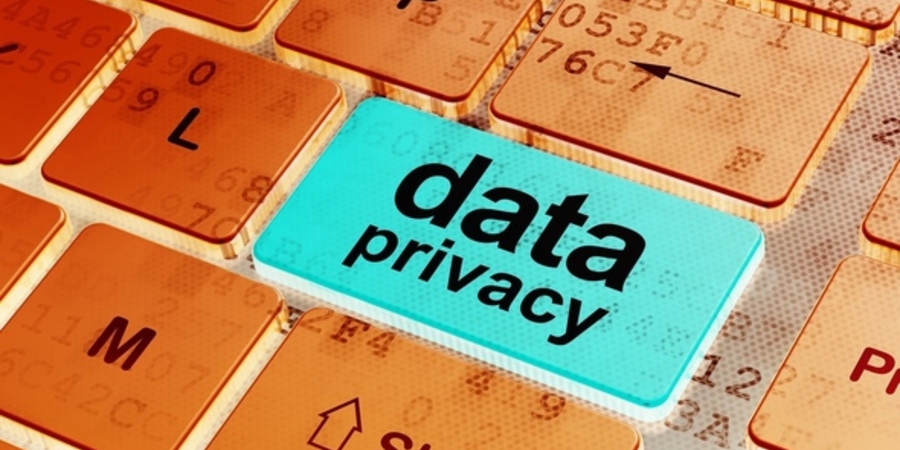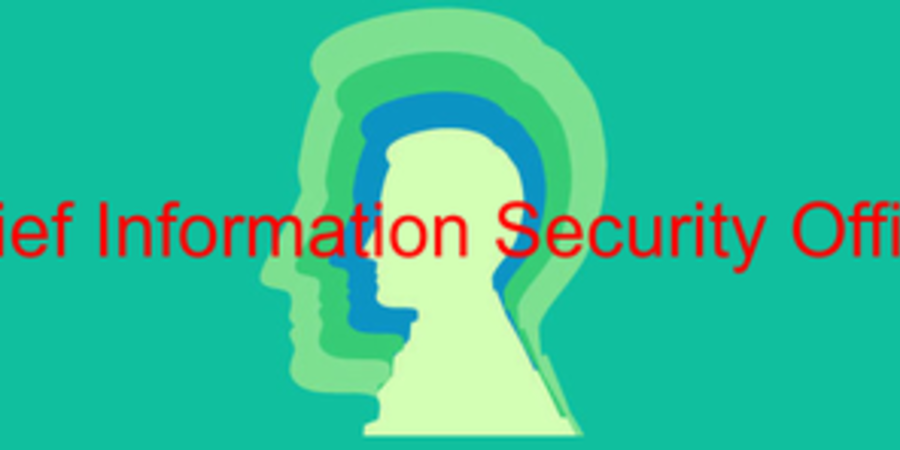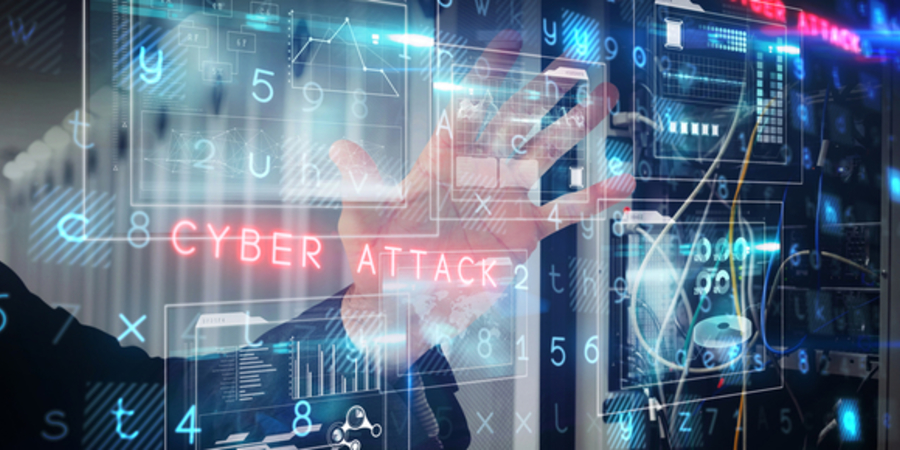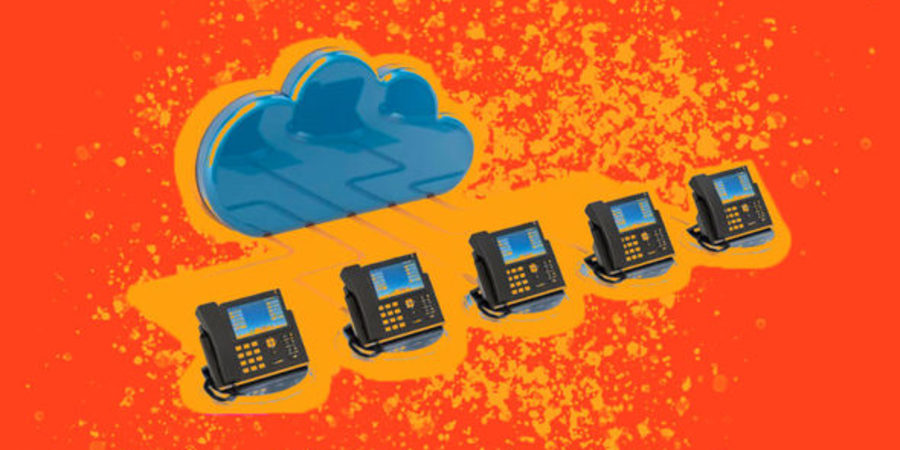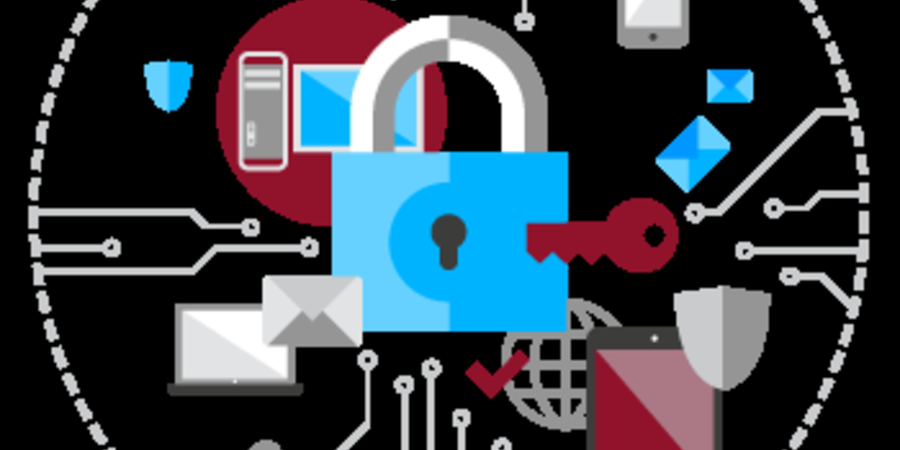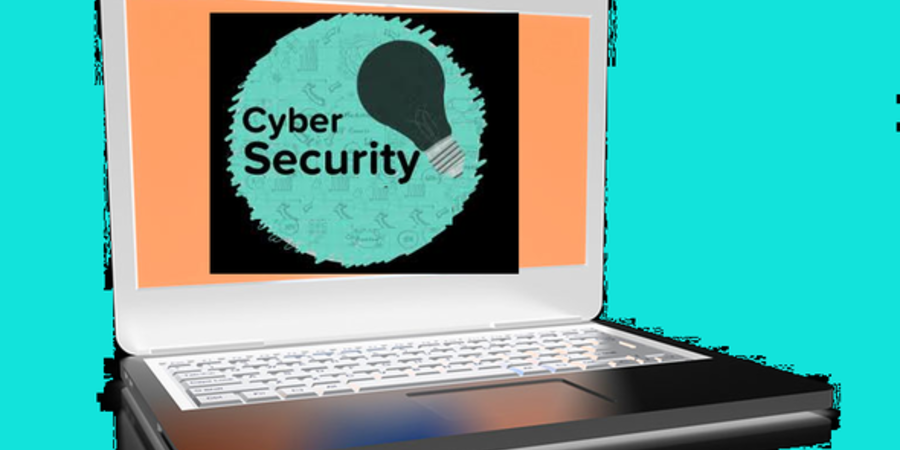Data breaches are causing companies and organizations everywhere to re-examine the things they procure, the services they use, the individuals they hire, and the people and firms with whom they partner and do business. Across the board, organizations have sunk money into staff, strategies, and equipment to comply with new, tighter customer privacy rules and sidestep major fines and other penalties. Privacy laws and regulations worldwide are evolving and expanding. And the ones that took early action to address security concerns are seeing positive results from their investments.

